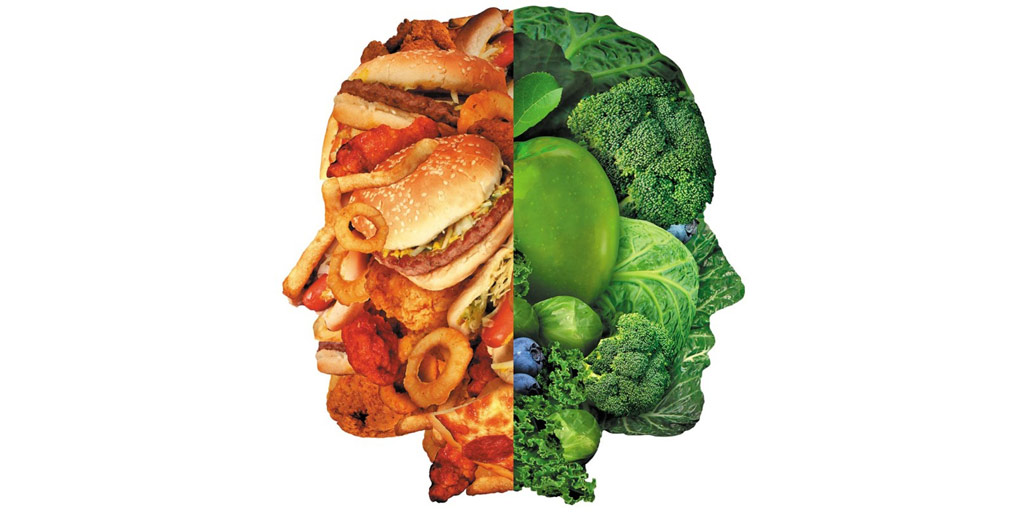Five sinful foods you thought were healthy
 CREDIT: HEALTH.HARVARD/EDU
CREDIT: HEALTH.HARVARD/EDUSome foods may seem healthy, but are in fact the opposite.
How good are you at spotting good food versus bad food?
Sometimes it’s not easy like spotting a label that reads low fat, reduced sodium or less sugar.
But, even when there is a label, how healthy is it really?
And, how can we just reject what we have grown up learning to be healthy? A.k.a., the I don’t know why I gain weight, I eat healthy, people.
I have compiled for you a short list of seven common or trendy foods items that I think are ridiculously marketed as healthy or innovative, when in actuality, do more damage in the long run.
I hope this list will be an eye-opener to the facts of nutrition and to keep you aware of what you put in your body. Let’s get started.
1. Fruit Juice
If you’re like me, you had a grandmother that insisted fruit juice is chock full of vitamins and nutrients. I admit, she was right... to a small, small, degree. Not sorry grandma.
Now, I won’t ever judge you if you love your juices, however, I do recommend you cut back and here is a few reasons why.
Actually, before getting to some of the reasons, I’d like to ask you, how many times in one sitting have you eaten four oranges, or five apples?
Perhaps the image is starting become clear.
An eight-ounce glass of fruit juice with no pulp contains no measurable amount of soluble or insoluble fibres. Essentially, liquid calories are similar to alcohol.
The body goes on a tandem ride with the rush of insulin, followed by a crash.
Here is another perspective. Try comparing fruit juice to soda, the similarities might surprise you.
Twelve ounces of grape juice has 54 grams of sugar, while Coca-Cola has 39g.
2. Granola or Wheat and Whole Grain Cereals
A staple for most, even the Canadian food guide mentions whole grain or wheat cereals as snack ideas.
Just because Lucky Charms boasts that it is made with whole grain and 12 fortified nutrients, doesn’t make it the optimal choice.
That example may be a little farfetched, albeit, the amount of sugars or binders to give granola its signature clumpiness is just as excessive.
What if I make it myself?
Even if you are not to add all that honey or sugar, it still does not disregard the calorie dense foods granola is typically made of. Coconut shreds, nuts and various grains can all contain a lot of fat. Sure, these can be good fats, but, if you’re looking to burn fat you likely want to be in a calorie deficit. You can never outtrain your diet.
Next time, try having plain oatmeal and use the granola sparingly as flavour rather than being the star of the dish.
3. Guacamole
Holy moly, not the guacamole.
Yes, I’m afraid so.
Avocados have recently made some of the largest impact in nutrition awareness in the recent past and for good reasons too. The healthy fats have so many benefits from lubricating joints and aiding in fat loss, to even helping us see, the photoreceptors in the retinas rely on these good fats to function properly. It is safe to say I am an advocate of healthy fats.
So, what’s the catch, I see it at Subway, my favourite restaurants, the grocery store, I still don’t get it, how can avocados and tomatoes be bad for me?
Well, who has ever stopped at a single tablespoon of guacamole? Statistically, the average American eats 10 to12 tablespoons every time they eat guacamole, that is roughly 500 calories, before accounting for the chips that generally go along with it.
4. Sushi
Delicious little... carb-bombs. With protein only accounting for roughly 20 per cent or less of each piece, being so easy to eat and dipped in liquid sodium (soy sauce), a roll of just six pieces can be upwards of up 500 calories or more.
The issue resides in the way sushi is also presented. Typically, in allyou- can-eat, it is easy to get carried away here.
5. Reduced Fat or Powdered Peanut Butter
The most beneficial aspect of the peanut is its monounsaturated fats. Take that out and what are you left with? Empty calories and carbohydrates.
Powdered peanut butter is a craze I simply cannot wrap my head around.
In fact, as a male, consuming this lifeless peanut butter can have some serious side effects in the long run.
The monounsaturated and polyunsaturated fats in peanuts are beneficial in the production and maintenance of testosterone. In turn, consumption over time may increase the production of estrogen in men, softening the physique, rather than tightening and increasing fat stores around the chest areas, forming breasts, or an increase in fat around the hip area.
The fat-reduced, or powdered peanut butter also contains less fat-soluble vitamins such as vitamin E, an antioxidant vitamin used in the maintenance of immune function, inflammatory reduction, eye and heart health and healthy skin.
Additionally, to reduce the fat of peanut butter, it needs to be replaced. Usually with sugar or salt.














